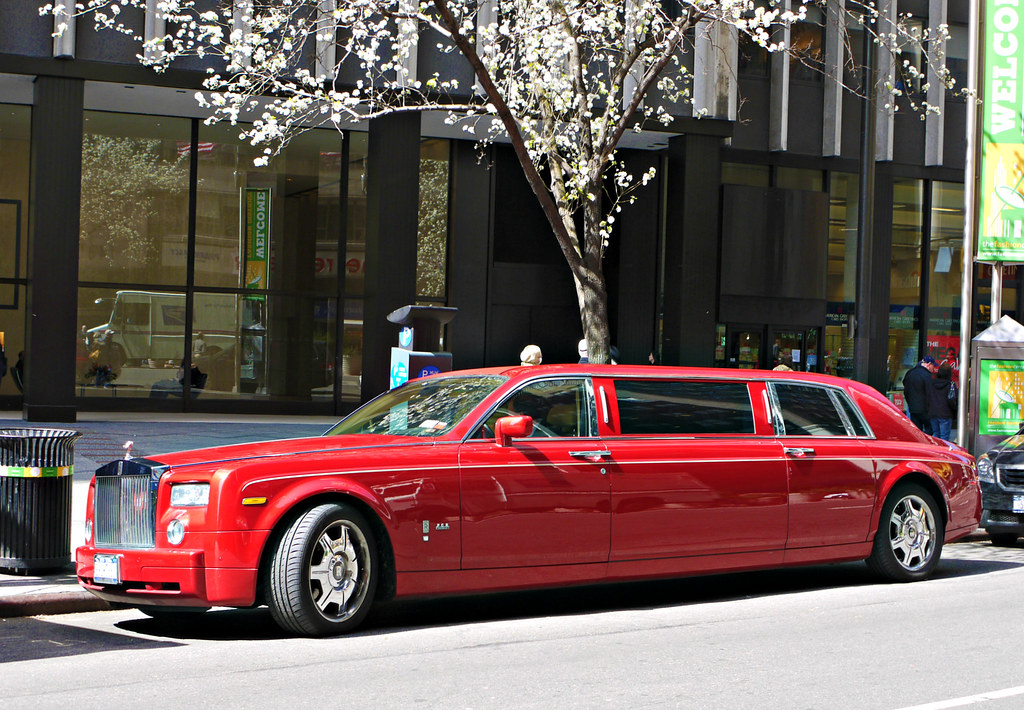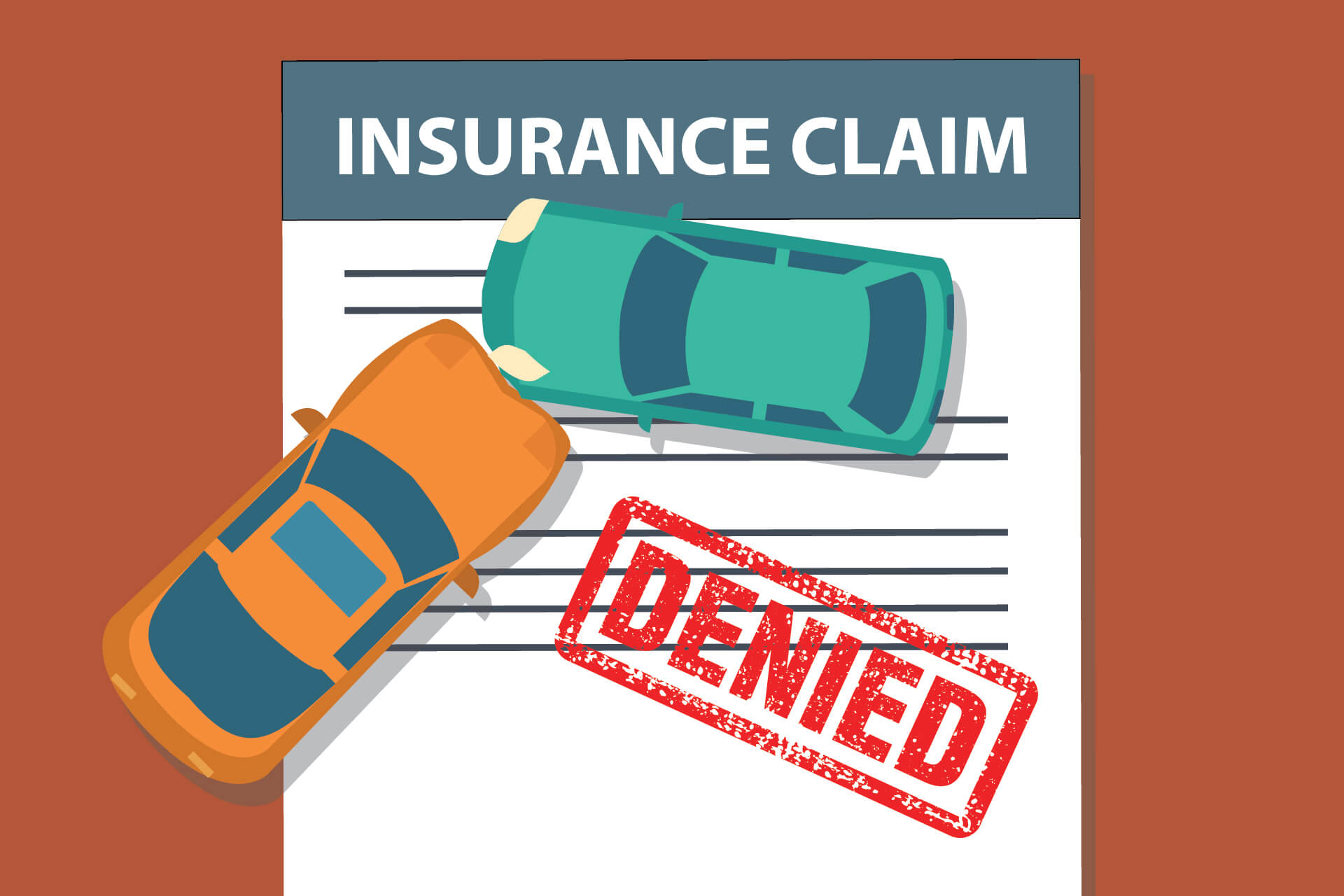
Hey there, savvy drivers! Let’s be real: getting into a car accident is stressful enough, but what happens when you think you’re covered, only to find out your insurance company is saying, ‘Uh, actually… no’? It’s like hitting a speed bump you never saw coming, and trust us, it can leave you with significant physical, mental, and financial wounds. Dealing with a denied claim for damages? That’s just adding insult to injury! But don’t sweat it, because understanding the ins and outs of your policy is your best defense.
Many of us shell out for what we *think* is ‘full coverage,’ expecting a safety net for almost anything that could go wrong on the road. From fender benders to fallen tree branches, vandalism, and even theft, we assume our policies have our backs. Yet, beneath the surface of what seems like comprehensive protection, there’s a surprising number of scenarios where your standard auto insurance simply won’t step up to the plate. It’s not just about what causes an accident, but also the specific circumstances surrounding the incident or the very nature of the damage itself.
So, if you’re ready to peel back the curtain and get real about your auto insurance, you’ve come to the right place! We’re diving deep into some of the most common, and often overlooked, situations where your policy might leave you high and dry. We’ll break down exactly why these things aren’t covered and, more importantly, give you the insider scoop on how you can actually protect yourself. Let’s make sure you’re not caught off guard the next time life throws a curveball at your ride!
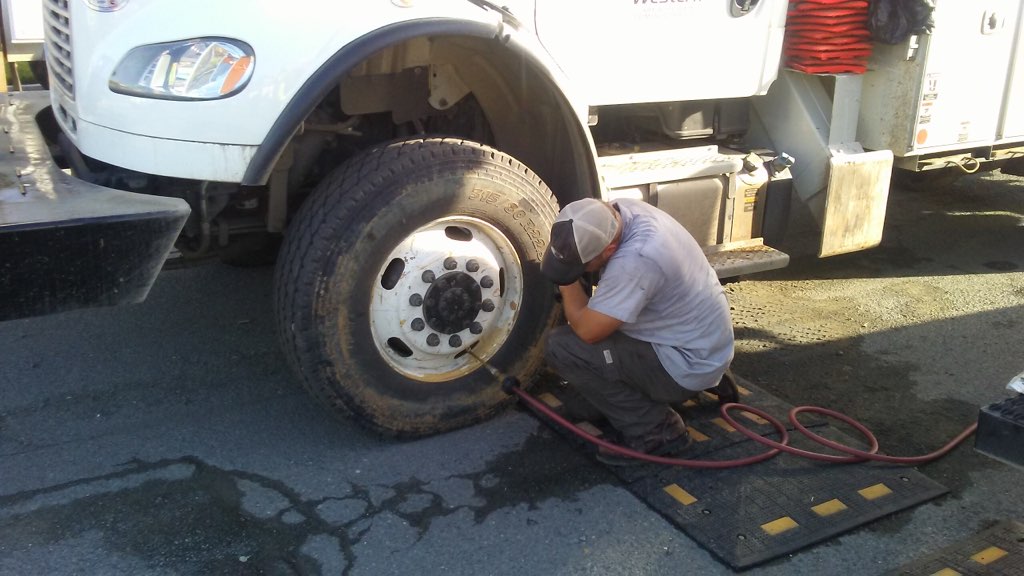
1. **Routine Maintenance**Imagine this: you’re cruising along, enjoying your drive, and suddenly realize it’s time for an oil change, or maybe those tires are looking a little bald. You pull into the garage, get the work done, and then think, ‘Surely my full coverage will help with this, right?’ Well, hold your horses, because that’s one of the first surprising things your car insurance probably won’t cover. Routine maintenance, such as oil changes, tire rotations, or getting new air filters, is entirely on you.
Your standard auto policy, even with the fanciest full coverage, isn’t designed to reimburse you for the wear and tear that comes with simply owning and driving a car. These are predictable costs of vehicle ownership, not unexpected damages from an accident or a covered peril. The intent of car insurance is to protect against unforeseen events, not the everyday upkeep that keeps your vehicle running smoothly.
But don’t despair! While insurance won’t help, there are smart ways to handle these inevitable expenses. You can often get a prepaid maintenance plan or a set period of mileage from your dealership, garage, or a third-party provider. This won’t cover *all* the necessary tune-up work, but it typically offers a better rate and helps you know in advance how much routine care will cost. Budgeting for regular maintenance and starting an emergency fund for these specific needs are also excellent strategies. According to AAA, drivers spend an average of 10.13 cents per mile driven on maintenance and repairs, so planning ahead is key!
Read more about: The Remarkable Ascent: How Hyundai and Kia Engineered a Decade of Soaring Reliability

2. **Mechanical Breakdowns**Now, let’s talk about that moment your car just… stops. Not because you hit something, or something hit you, but because the engine decides it’s had enough, or your transmission gives up the ghost. This is another one of those tricky areas where standard car insurance typically won’t come to your rescue. When your fuel injector stops working, your fan belt breaks, or your brake pads wear out from normal use, that’s considered damage caused by routine wear and tear, not an accident.
Car insurance policies are built to cover damages resulting from collisions, comprehensive events like fire or theft, or liability to other parties. They aren’t meant to act as a warranty for your car’s mechanical components. So, if your transmission suddenly goes kaput, or your suspension system needs a major overhaul due to age and usage, your standard auto insurance policy will, unfortunately, leave you out of luck for those repair costs.
However, there’s a silver lining! When your car is new, many repairs are covered by the manufacturer’s warranty, offering a solid layer of protection. As your car ages and becomes more susceptible to breakdowns, you’ll want to build up that emergency fund we talked about earlier to handle unexpected repairs. For extended peace of mind, consider an extended warranty from dealerships or third-party vendors, or specialized car repair insurance or mechanical breakdown insurance. Good Sam’s Extended Service Plan, for example, is available for cars up to 15 model years old or with up to 100,000 miles, covering parts and labor for major systems like the engine, transmission, and HVAC. Just be sure to read the exclusions carefully to know exactly what’s covered!
Read more about: Dusty Relic to Road-Worthy Legend: Your Ultimate Guide to Reviving a Classic Car After Years in Storage
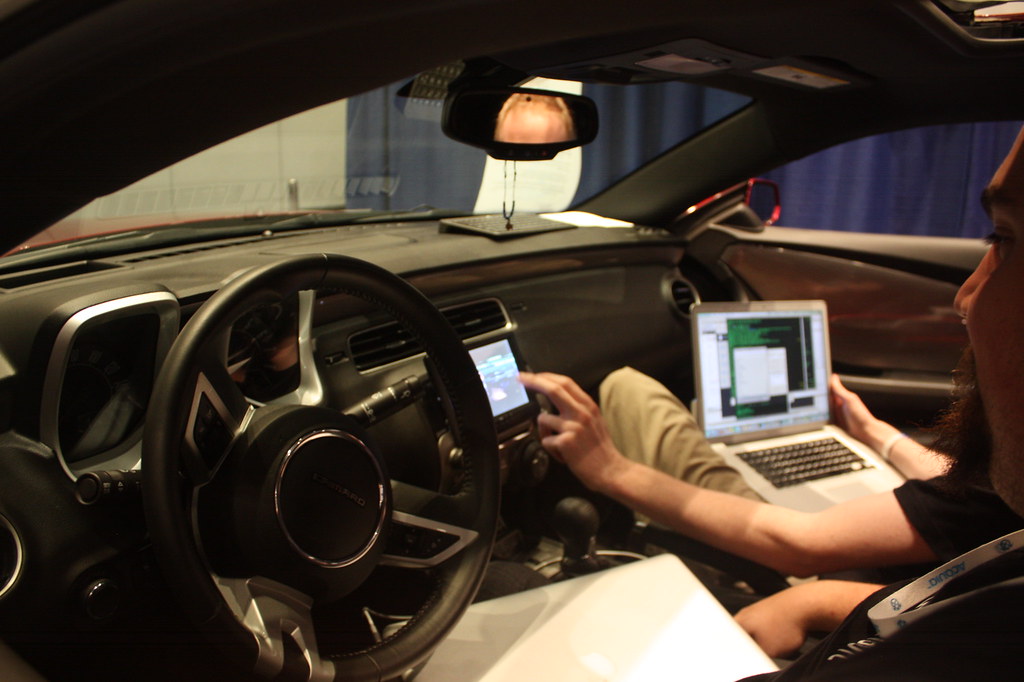
3. **Personal Belongings**Picture this scenario: you park your car, run into a store for just a few minutes, and come back to find a shattered window and your laptop, phone, or purse gone. Your immediate thought is, ‘My car insurance will cover this, right?’ While comprehensive car insurance *does* pay out if your vehicle is stolen, or if damage occurs from things like vandalism or a broken window, it generally won’t cover the *personal belongings* that were inside your car when they were snatched. This is a common misconception that catches many drivers by surprise.
Your auto insurance policy is designed to cover the vehicle itself and its factory-installed parts, along with any liabilities you might incur. It’s not structured to replace your personal property that happens to be in the car at the time of theft or damage. So, if someone breaks in and grabs your expensive camera, designer bag, or work laptop, your auto insurer will likely fix the window, but they won’t cut you a check for your stolen stuff.
But don’t panic! This is where your homeowners or renters insurance policy swoops in to save the day. Typically, your personal property is protected by these policies, whether it’s at home, in your car, or even in a hotel room while traveling. For instance, Amica Homeowners Insurance offers optional replacement cost coverage, ensuring you’re reimbursed enough to buy brand-new items without worrying about depreciation. If you’re a renter, Lemonade’s rental policies allow you to schedule coverage for jewelry, bikes, and other valuables. Just be sure to review your policy, as coverage for items outside your home may have different limits, and you might consider a ‘floater policy’ for very high-value items like jewelry or computers to ensure full protection.
Read more about: Dusty Relic to Road-Worthy Legend: Your Ultimate Guide to Reviving a Classic Car After Years in Storage

4. **Unlisted Drivers Who Live With You**Ever lend your car to a friend for a quick errand or have a visiting relative borrow it for a day? Generally, your car insurance allows for infrequent use by someone who isn’t explicitly on your policy, as long as they have your permission. This ‘permissive use’ often covers those one-off situations. However, things get a lot more complicated if that driver *lives* with you.
The rule of thumb is pretty clear: any licensed driver residing in your household, be it a spouse, a roommate, or your teenage son or daughter, needs to be listed on your car insurance policy. If they regularly use your car and are not on the policy, or worse, if they are specifically excluded from coverage, and they cause an accident, any damages could be denied. This is because insurance companies assume that anyone living under your roof with access to your vehicle should be accounted for in your risk assessment.
Failing to list a household member who drives your car can lead to a significant headache, potentially voiding coverage for an accident they cause. Insurance companies often have clauses specifically addressing household drivers to prevent people from trying to save money by omitting high-risk drivers from their policy. To protect yourself and avoid a nasty surprise, proactively provide your insurer with the names of all licensed drivers living with you. While you can exclude drivers, that means they literally cannot drive your car for any reason, even an emergency, so it’s a decision that requires careful consideration and a chat with your insurance company to understand the implications and ensure you’re making the right choice.
Read more about: Don’t Get Denied: Your Comprehensive Guide to the 7 Most Common Car Insurance Claim Rejections and How to Fight Back
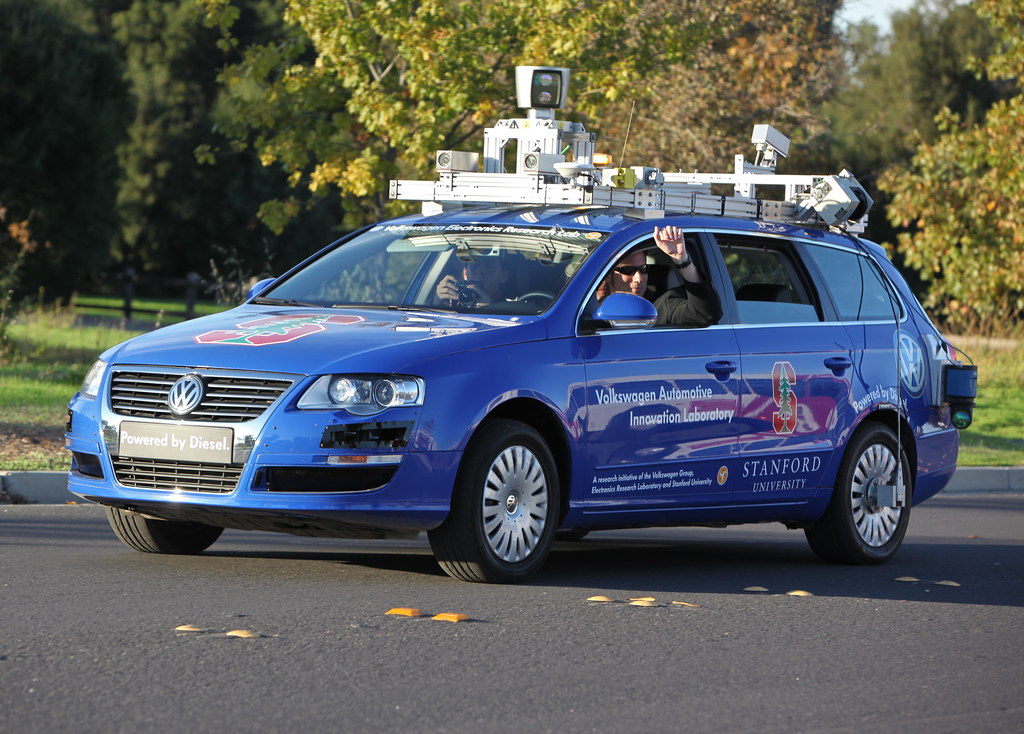
5. **Roadside Assistance**We’ve all been there: a flat tire on the side of the highway, an empty gas tank miles from the nearest station, or your car just refusing to start in a parking lot. These moments are universally frustrating, and that’s exactly where roadside assistance swoops in as a genuine lifesaver. It covers things like towing, jump starts, tire changes, fuel delivery, and lockout services to get you back on the road. The catch? Most standard car insurance policies consider this an add-on, meaning it typically comes with an extra charge.
While essential, roadside assistance isn’t usually bundled into your basic liability, collision, or comprehensive coverage. Insurance companies view it as a convenience service rather than a core component of accident damage protection. So, if you’re relying solely on a standard policy without this specific rider, you might find yourself scrambling to find a tow truck and footing the bill out-of-pocket when you’re stranded.
But there are plenty of ways to ensure you have this crucial safety net! Many auto insurance providers, like Lemonade Auto Insurance, offer free nationwide roadside assistance as part of their package, or you can add it to your existing policy for a small annual fee, typically ranging from $15 to $30 per vehicle. Auto clubs like AAA are another popular option. Before you purchase a plan, it’s always smart to check if your vehicle’s manufacturer provides complimentary roadside assistance. Plus, some cellphone plans and credit cards also offer customers roadside assistance, either for free or a fee, so check those benefits too – you might already be covered without even realizing it!
Read more about: Navigating the 2025 SUV Landscape: Kelley Blue Book’s Expert Guide to the Best Two-Row Models for Suburban Families

6. **Driving Outside the U.S.**Planning a spontaneous road trip south of the border or an extended vacation across continents? If your journey takes you beyond the U.S. borders, you might be in for a rude awakening regarding your car insurance. No matter what state you call home, your car insurance policy is typically valid across all U.S. states and often extends into Canada. That’s great for cross-country adventures! However, once you cross into most other foreign countries, it’s an entirely different ball game.
Standard U.S. auto insurance policies generally do not provide coverage when you’re driving in a foreign country. This is particularly true for popular destinations like Mexico, where local laws often mandate that you carry third-party liability coverage from a provider licensed to sell car insurance within their own country. Relying on your U.S. policy alone could leave you completely unprotected, facing significant legal and financial consequences in an unfamiliar country if you’re involved in an accident.
To ensure you’re protected, whether you’re driving your own car or renting one abroad, you’ll typically need to purchase auto insurance specifically for the foreign country you’re visiting. Some U.S. providers do offer limited exceptions; for instance, Geico is one of the few that offers liability coverage in Mexico comparable to what you’d have at home, and Dairyland issues policies in 38 states, with California drivers getting automatic coverage within 25 miles of the U.S.-Mexico border. If your current insurer doesn’t sell coverage for the specific country you’re visiting, they can usually recommend reputable companies that do. Always do your homework before you hit the road internationally!
Read more about: The Drive Towards a Cleaner Future: Why More Drivers Are Embracing Propane Power for Their Vehicles

7. **Ridesharing or Driving for Business**In today’s gig economy, using your personal car for more than just personal errands is incredibly common. Whether you’re driving for Uber or Lyft, delivering meals for DoorDash, or using your car to chauffeur clients for your work, it feels like you’re still just driving your car, right? Unfortunately, your standard auto insurance policy sees things a little differently, and this is a major gap that can leave you financially vulnerable.
Your personal auto insurance policy is designed to cover you for personal use, like commuting to work or taking a family trip. The moment you switch on that app and become ‘on the clock’ for a ridesharing service, or if you’re using your car for *any* business purpose beyond a simple commute, your personal policy’s coverage typically stops or becomes severely limited. Rideshare companies usually provide some level of insurance for their drivers, but these policies often have critical gaps, especially during the period when you’re logged into the app and waiting for a fare, but haven’t picked up a customer yet. This ‘gap’ in coverage can be a huge risk.
For those driving for rideshare services, a ‘ridesharing endorsement’ from your personal insurer, like the one offered by Progressive, is crucial. This ensures you’re protected during those in-between moments. State Farm estimates such a policy might add 15% to 20% to your premiums, but it’s a small price for peace of mind. If your personal automobile pulls double-duty as a work vehicle for other business purposes, you likely need a commercial auto insurance policy, also known as business auto insurance. Companies like BiBerk offer affordable commercial auto insurance for various vehicles, from limousines to motorcycles, and it’s essential to cover business use adequately. Don’t gamble with your livelihood – ensure your car is covered for *all* its jobs!
Alright, buckle up because we’re not done uncovering those sneaky blind spots in your auto insurance! You’ve probably got your head wrapped around why routine fixes or a mechanical breakdown aren’t covered, but trust us, there are even more surprises lurking that could leave your wallet feeling lighter than a helium balloon. Let’s dive into some additional crucial areas where your typical policy might just leave you hanging dry, and more importantly, how you can actually get the real protection you need for every twist and turn on the road.
Read more about: 15 Essential Lifehacker Tips to Score the Best Price on Your Next Car Rental

8. **Rental Car Reimbursement**Imagine this common nightmare: you’ve been in an accident, your beloved car is in the shop for repairs, and suddenly you realize you’re without a set of wheels for days, maybe even weeks! Auto body repairs can take a significant chunk of time, averaging two weeks to complete, according to Kayak. That’s a long stretch to be without your main mode of transport, and guess what? Your standard car insurance isn’t going to magically provide you with a loaner car during this period.
This is a major misconception for many drivers. While your collision coverage handles the damage to your vehicle, it doesn’t extend to the cost of getting around while your car is being fixed. And let’s be honest, rental car costs can add up fast, averaging about $38 per day, according to Kayak. Without specific coverage, you’re looking at footing that bill entirely out-of-pocket, which can be a real punch to your budget, especially after dealing with an accident.
So, how do you keep moving when your car is stationary? The good news is that you can easily add rental car reimbursement coverage to your auto insurance policy. This benefit usually comes as an add-on to your full coverage policy, meaning you’ll need comprehensive and collision coverage already in place. It typically costs anywhere from $2 to $15 per month – a small price to pay for peace of mind and mobility.
With this coverage, during repairs for a covered loss, you usually get a set amount of money per day for a rental car, up to a specific dollar or time limit. For instance, with a full coverage policy from Allstate, you could add this benefit and be covered for $30 a day for up to 30 days. It’s definitely worth looking into to ensure you’re not left stranded when your ride is indisposed!
Read more about: Your Essential Guide to Car Insurance: What First-Time Drivers Need to Know to Drive Smart and Save

9. **Custom Parts and Collector Cars**Got a ride that’s truly one-of-a-kind, decked out with custom paint, a killer sound system, or maybe some slick performance enhancements? Or perhaps you’re the proud owner of a classic beauty that turns heads everywhere it goes. While these modifications and vintage vehicles are awesome, they often present a unique challenge when it comes to standard car insurance policies. Most auto insurance will only cover up to $1,000 for modifications, which, let’s face it, is barely enough for a decent set of high-end rims these days!
The issue here is that standard car insurance is primarily designed to cover factory-installed parts. If your customized car is stolen or damaged in a covered incident, your policy will typically only pay to repair or replace it using standard parts, leaving you to cover the often much higher cost of your specialized upgrades. Those underbody neon lights, oversized wheels, or lift kits that make your car uniquely *yours*? They significantly increase the repair cost, and your basic policy isn’t built to account for that.
Thankfully, there are specific solutions for your tricked-out daily driver. You can add ‘custom parts and equipment coverage’ as an endorsement to your standard car insurance. This specialized coverage pays for repairing or replacing non-factory equipment or modifications, although it may come with its own dollar limits. State Farm, for example, offers supplemental parts and equipment coverage that specifically caters to custom paint jobs, stereos, lift kits, spoilers, and other aftermarket parts, ensuring your personalized touches are protected.
Now, if you’re the proud custodian of a collectible ride, you’re going to need something even more specialized: classic car insurance. This isn’t your average policy; it often comes with stringent storage requirements and mileage limits, acknowledging that these cars aren’t typically daily drivers. The huge benefit, though, is that it pays out based on a predetermined ‘agreed value’ rather than depreciated market value. Companies like American Collectors Insurance offer policies, such as their Freedom Tier, with higher liability limits and flexible deductible options, even covering up to $250 to help relocate your car during a natural disaster. It’s truly tailored protection for your automotive treasure!
Read more about: Navigating the High-Performance Landscape: An Expert Guide to Buying Your 2025 Luxury Coupe
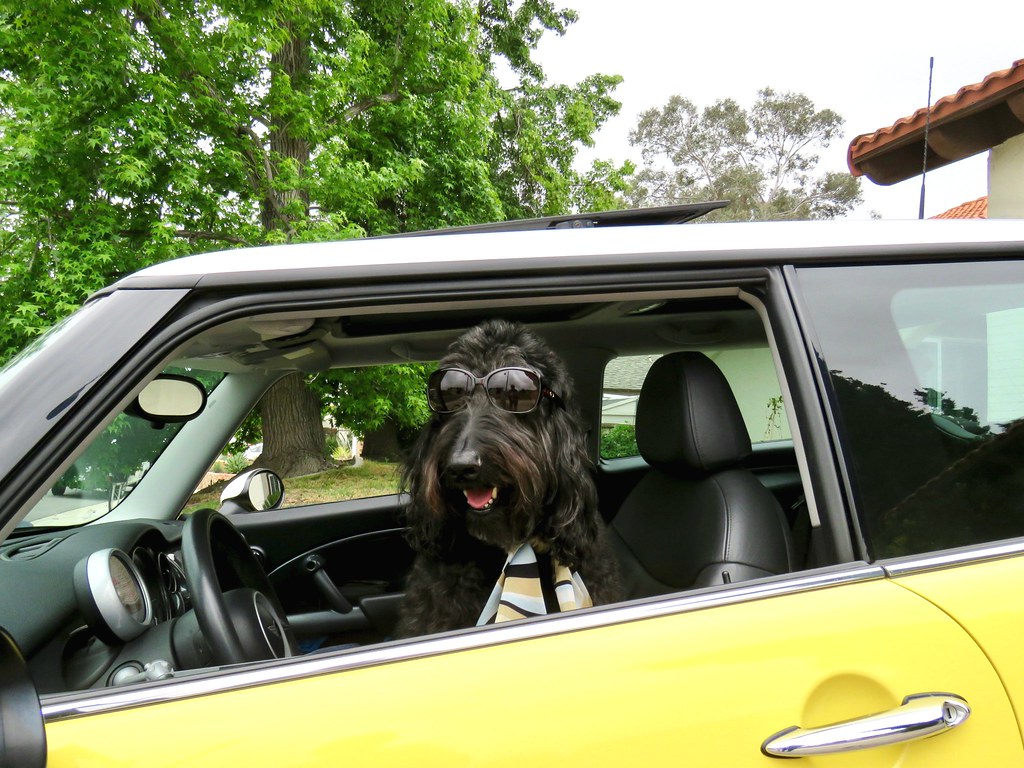
10. **Pet Injuries**Our furry friends are family, and for many of us, they’re our favorite co-pilots, happily riding shotgun on every adventure! But what happens if you and your four-legged companion are involved in an accident? It’s a heartbreaking scenario to even consider, but it’s crucial to know that most car insurance companies won’t cover your pet’s veterinary bills if they’re injured while riding with you. Ouch!
This surprising gap in coverage stems from how auto insurance views pets: they’re generally treated as property, not passengers. While some insurance companies might include a very limited amount of ‘pet injury coverage’ within their collision policies, these payouts usually have incredibly low caps, often just $500 or $1,000. When you consider that veterinary surgery can cost up to a staggering $7,000, according to Yelp, it becomes painfully clear that these minimal caps won’t even scratch the surface of potential vet bills.
So, how can you ensure your beloved Fido or Fluffy is protected from the financial fallout of an accident? The best defense is a good offense, and in this case, it means looking beyond your car insurance. Pet insurance can be an absolute lifesaver, helping to soften the financial blow of unexpected veterinary expenses. Policies like the accident and illness plans from Figo are known for being affordable with generous limits, allowing customers to customize coverage with options for preventive care and even exam fees. Plus, if you’re a Costco member, you might even be eligible for a discount!
Beyond dedicated pet insurance, it’s always smart to have an emergency fund specifically for your pet’s unexpected medical needs. Reviewing the coverage your auto insurance *does* provide for pet injuries is a good first step, but don’t hesitate to get quotes from several different pet insurance carriers. Comparing options ensures you find the best deal and the most comprehensive protection for your cherished companion, so you can both ride safely and worry-free.
Read more about: Unraveling the Mysteries of ‘Old’: An In-Depth Examination of M. Night Shyamalan’s Time-Bending Thriller

11. **Racing or Off-Roading**Feeling the need for speed? Or maybe you dream of tackling rugged terrains and uncharted paths far away from the asphalt jungle? While the thrill of racing or pushing your vehicle to its limits off-road can be exhilarating, it’s a huge red flag for your standard car insurance policy. Simply put, damages caused by racing, joyriding, or off-roading are almost never covered by a typical policy.
Insurance companies classify these activities as extremely high-risk. They’re far outside the scope of normal driving conditions and dramatically increase the likelihood of severe damage or injury. Your regular policy is designed for everyday commutes, road trips, and general use – not for hitting the track at top speed or navigating boulder fields in your souped-up SUV. If you find yourself in a fender-bender during a race or stuck in a ditch while off-roading, your insurer will almost certainly deny any claims related to the incident, leaving you fully responsible for all repair costs.
But don’t despair if adrenaline is your middle name! For those who live for the roar of an engine on a track or the challenge of an unpaved trail, there are specialized insurance options. Companies like Hagerty provide affordable off-track coverage specifically designed for race cars, dragsters, and even race motorcycles. This kind of specialized policy understands the unique risks associated with these activities and offers the protection your standard auto policy simply can’t.
Hagerty’s offerings are tailored to a variety of vintage and collector vehicles, including those used in competitive events (though some racing forms might require separate High-Performance Driving Event or Track Day coverage). So, if your passion involves pushing your vehicle beyond the limits of regular roads, do yourself a huge favor and investigate specialized coverage to ensure your high-octane adventures don’t lead to high-cost headaches.
Read more about: Unearthing the Untamed: 2025’s Premier Factory Off-Road Vehicles Engineered for American Terrain
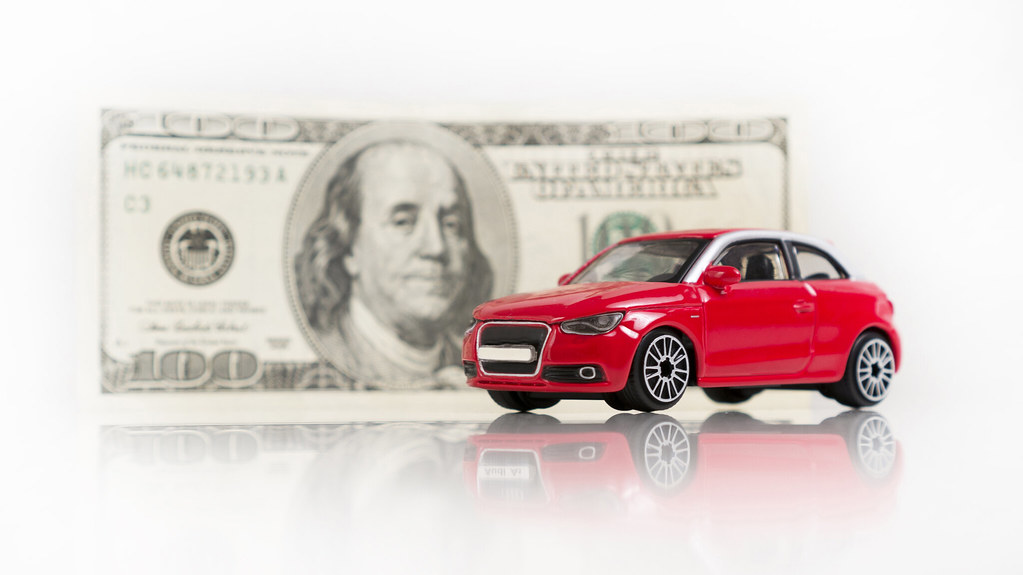
12. **Losses Above Your Policy Limit**Here’s a scary thought that can keep any driver up at night: what happens if you’re involved in an accident and the damages you’re held liable for are astronomical, far exceeding the limits of your car insurance policy? It’s a chilling reality that many drivers overlook, but it’s one of the most common and financially devastating scenarios. Your insurer will only pay out up to your liability limit, and anything above that? That bill comes directly out of your own pocket. Yikes!
This is where the financial stakes get incredibly high. If you’re deemed at fault in a serious accident that results in significant property damage or extensive personal injuries to other parties, those costs can quickly skyrocket into the tens or even hundreds of thousands of dollars. If your policy limits are $50,000 for property damage and $100,000 for bodily injury per person (or $300,000 per accident), and the damages total $400,000, you’re personally on the hook for that extra $100,000. This could mean draining your savings, liquidating assets, or even facing a lawsuit that could impact your financial future for years.
So, how do you safeguard yourself and your assets from such a potentially catastrophic outcome? Financial experts often recommend having liability coverage equal to or greater than your net worth. It’s a bold statement, but it makes sense: you want enough protection to cover what you stand to lose. Review your current policy limits and honestly assess your financial situation – what are your assets, and what could you potentially lose in a lawsuit?
For those with a particularly high net worth, an umbrella insurance policy is an absolute game-changer. This type of coverage sits *above* your existing auto and homeowners insurance, providing an extra layer of liability protection that kicks in when your primary policies are exhausted. Companies like American Family offer umbrella insurance that can ensure your assets are shielded, often coming with generous discounts, especially if you bundle it with your home and auto policies. It’s about building a robust financial fortress around everything you’ve worked so hard for.
Read more about: Why Your Grocery Bill Stays Stubbornly High: An In-Depth Look at Sticky Inflation

13. **The Balance on Your Car Loan**Picture this: you’ve just driven your shiny new car off the lot, filled with that new car smell and the promise of endless adventures. But here’s a sobering truth: your car starts depreciating the moment those tires hit the street. On average, new cars lose over 20% of their value after just one year of ownership, and another 10% each year thereafter. Now, imagine if your car gets totaled in an accident, or worse, stolen, within that first year or two. Here’s the kicker: your insurer will typically only pay out the car’s current market value, which, thanks to depreciation, might be significantly less than what you still owe on your loan or lease.
This creates what’s known as a ‘gap.’ You could find yourself in the incredibly frustrating position of owing money on a car you no longer own, or that’s too damaged to drive. It’s a common scenario where drivers are left financially upside down, paying out of pocket for a vehicle that’s gone. It’s a financial double-whammy: no car and still burdened with debt.
This is exactly where gap insurance swoops in to save the day! Gap insurance, short for ‘Guaranteed Asset Protection,’ specifically covers the difference between your car’s actual cash value (what your standard insurer will pay) and the outstanding balance on your car loan or lease. It’s a crucial layer of protection, especially for newer vehicles or if you made a small down payment.
While you can often get a gap insurance policy from the dealership when you purchase your car, rates from insurance providers are typically more affordable. It pays to shop around and compare! For example, Nationwide offers gap insurance for cars up to six years old, which is double what many other companies will cover, giving you extended peace of mind. Don’t let depreciation turn an unfortunate incident into a financial disaster – ensure you’re covered for the full balance of your loan.
So there you have it, folks! We’ve peeled back the layers of what you *think* your car insurance covers versus the surprising realities. From those everyday maintenance needs to protecting your furry co-pilots and even ensuring you don’t end up owing money on a car you no longer own, the world of auto insurance is far more nuanced than many of us initially believe.
It’s clear that ‘full coverage’ isn’t a one-size-fits-all shield, and simply assuming you’re covered for every eventuality can lead to some seriously costly surprises. The key takeaway here isn’t to get overwhelmed, but to get informed and proactive! Take the time to really dig into your policy, ask your insurance provider the tough questions, and consider those crucial add-ons or specialized policies that truly align with your lifestyle and your car’s unique needs.
Read more about: Your Definitive 2025 Guide: What to Check When Buying a Used Electric Vehicle
Remember, understanding these common coverage gaps and knowing how to fill them is your ultimate superpower against unexpected financial blows. Don’t wait for an accident or an incident to discover you’re unprotected. Take control, review your coverage today, and hit the road knowing you’re genuinely covered for every adventure that comes your way. Your wallet (and your peace of mind) will definitely thank you!


